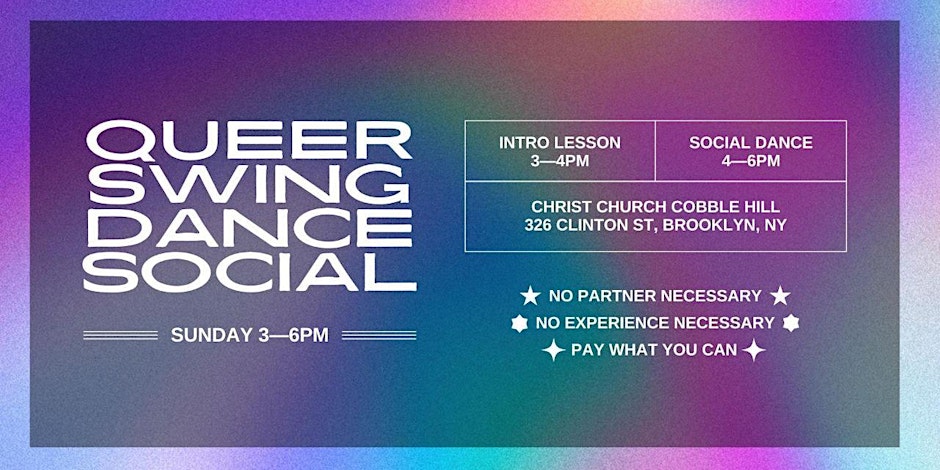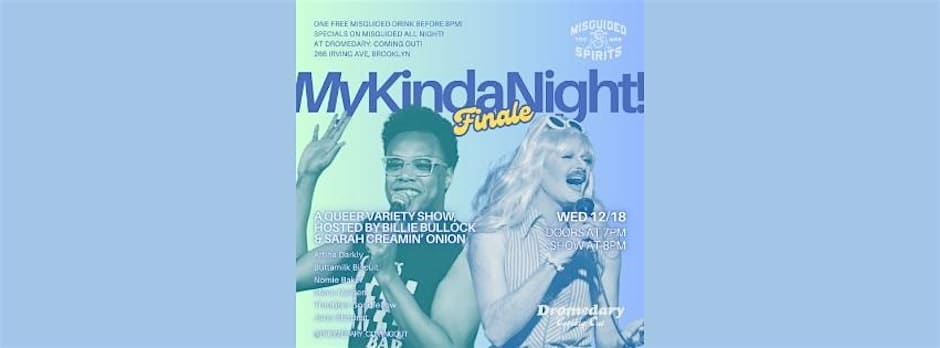In the only long-term look at women’s bisexuality to date, new research suggests that bisexuality in women constitutes a stable identity and not a transitional stage. The findings by Lisa Diamond, an associate professor of psychology and gender identity at the University of Utah, were published in the January issue of Developmental Psychology, a journal of the American Psychological Association.
During her research, Diamond followed 79 non-heterosexual women, who identified as lesbian, bisexual or unlabeled, for a decade, and found that the bisexual women continued to be attracted to both sexes over the years. She conducted face-to-face interviews around New York state in 1995, when the women were between ages 18–25, and then spoke with them over the phone every two years.
“They might have a change in identity and relationships,” Diamond said in USA Today Jan 15, “but that pattern of non-exclusive desire is still there, even among those who have married. It debunks the notion of it being a phase.”
The study notes that it contains limitations, such as a small sample size that is disproportionately white and middle-class.









































































